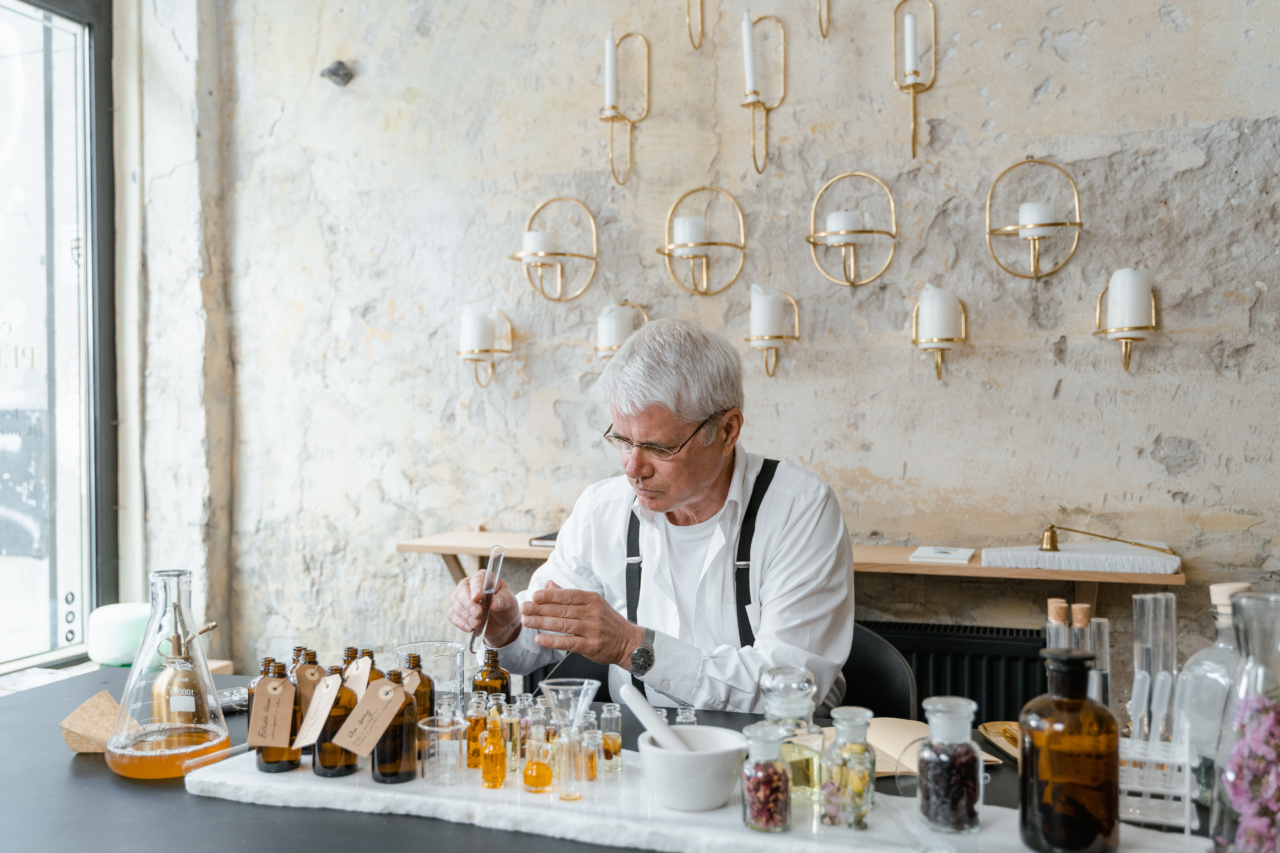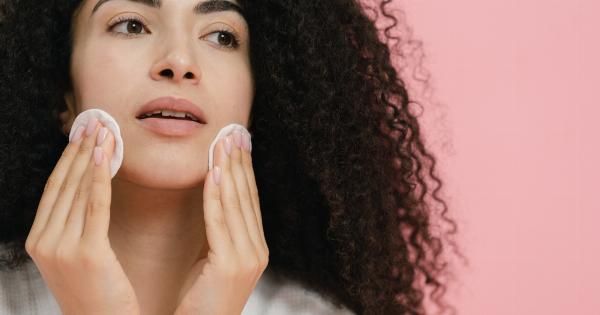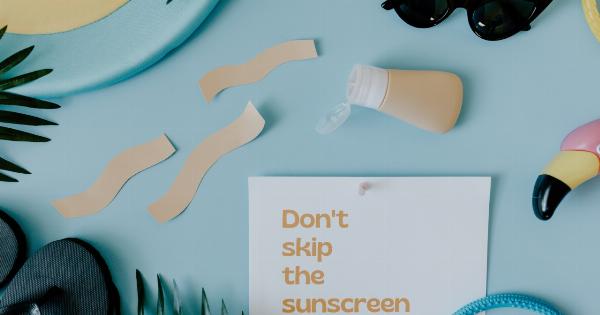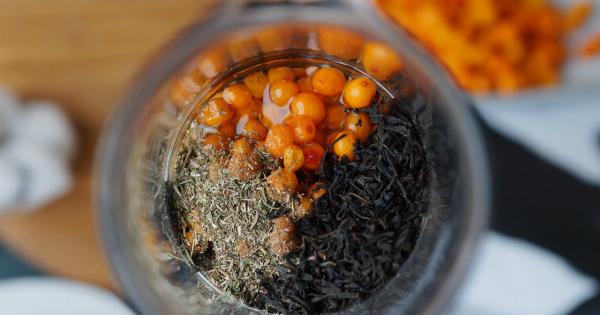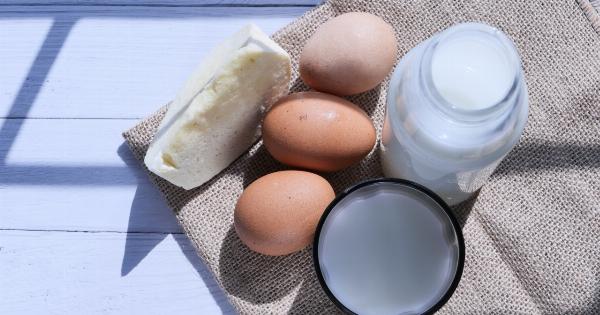If you’re someone who dreads the appearance of the first gray hair or the first sign of wrinkles, you might have fallen prey to the marketing gimmick that promises to help you fight the signs of aging.
The hair care industry is no different either – the never-ending pursuit of eternal youth has resulted in a plethora of hair products that claim to combat aging effectively.
However, as it turns out, most of these claims are nothing but empty promises. Worse still, some of these hair care products contain ingredients that can potentially cause more harm than good.
After all, the hair care products that protect your hair also impact your scalp and the rest of your body. Here are some of the damaging ingredients that you should avoid in hair products that claim to combat aging:.
1. Parabens
In recent years, parabens have come under heavy scrutiny due to their potential to disrupt hormones, which can lead to a variety of health issues. Parabens are preservatives commonly found in beauty products, including shampoos and conditioners.
While preservatives are necessary to extend the shelf life of hair products, parabens can mimic estrogen in the body, leading to hormonal imbalances. This can result in unwanted side effects like breast cancer, diminished muscle mass, and decreased sexual desire. Avoid any hair products that contain parabens.
2. Sulfates
Sulfates are cleansing agents that help get rid of oil and dirt from your hair. They’re commonly found in most shampoos, particularly those that seem to work well for age combat.
However, the downside to sulfates is that they can strip your hair of natural oils that help keep your hair hydrated and healthy. This can make your hair dry, brittle, and prone to breakage. Moreover, sulfates are not just impactful for your hair, but they can also irritate your scalp and eyes, leading to dryness, scaling, and even hair loss.
Look for sulfate-free shampoos as a healthier alternative.
3. Silicones
Silicones are synthetic ingredients that are used in hair products like shampoos and conditioners for their smoothing effects.
They create a glossy and smooth appearance by sealing the hair shaft, which helps trap the moisture in and keeps your hair looking shiny. While silicones might sound beneficial, they coat your hair with a layer of non-biodegradable residue, which can lead to buildup over time. This can make your hair appear greasy, discolored, and weigh it down.
It also prevents the ingredients in other hair care products from penetrating the hair shaft, causing long-term damage. Avoid hair products that contain silicones.
4. Formaldehyde
Formaldehyde is a colorless, strong-smelling gas that is commonly used as a preservative in hair care products. It can cause skin irritation, respiratory problems, and cancer. Formaldehyde is hazardous to health, particularly when it comes to inhalation.
It can irritate your eyes, nose, and throat, causing breathing difficulties, coughing, and wheezing. Formaldehyde-releasing preservatives are also harmful. Look for hair products that are free of formaldehyde or those that contain safer alternatives.
5. Phthalates
Phthalates are a group of chemicals used in various beauty products, including hair care, to improve the texture and add flexibility.
They’re known to cause endocrine disruption and developmental issues, making them a significant concern for human health. Exposure to phthalates can result in reproductive defects, reduced fertility, premature breast development, and childhood obesity. Avoid hair products that contain phthalates.
6. Propylene Glycol
Propylene glycol is a synthetic and odorless liquid that is used in hair care products like shampoos to enhance the texture and viscosity. However, it comes with a host of side effects that can harm human health.
Propylene glycol can cause skin irritation, allergic reactions, and dermatitis. It also poses a risk of organ toxicity, lymphatic cancers, and liver and kidney damage. It’s always best to opt for hair products that don’t contain propylene glycol.
7. Synthetic Fragrances
Synthetic fragrances are often added to hair care products to give them a pleasant scent. However, these fragrances are made up of a concoction of chemicals that are hazardous to your health.
Synthetic fragrances can cause respiratory issues, headaches, skin irritations, and allergic reactions. Avoid hair products with synthetic fragrances, use those made from natural products like essential oils and organic plant extracts instead.
8. DEA/MEA/TEA
DEA (diethanolamine), MEA (monoethanolamine), and TEA (triethanolamine) are fatty acids that are used to adjust the pH levels of hair products.
They are known to cause skin and eye irritation, enhance the risk of allergies and are even considered cancer-causing chemicals in some instances. Avoid hair products with DEA/MEA/TEA or any other ingredients ending in “ethanolamine.”.
9. Alcohol
Alcohol is commonly found in hair products, particularly in hairstyling products like gels, hairsprays, and mousse. While alcohol may help dry hair quickly, it also sucks the moisture out of the hair, making it brittle, dry and prone to breakage.
Furthermore, alcohol can cause scalp irritation and inflammation, which can lead to dandruff, itching, and hair thinning. Avoid hair products that list alcohol or commonly used alcohol derivatives like ethanol, isopropyl alcohol, SD alcohol, and benzyl alcohol.
10. Retinyl Palmitate
Retinyl palmitate, a form of vitamin A is often added to hair products as an anti-aging ingredient. However, it’s been found to microneedle in the skin, thus prompting the development of potential cancer concerning to sun exposure.
Retinyl palmitate is a harmful ingredient in sunscreen, but there’s no need to bother yourself with it in hair products, so avoid hair care products that list retinyl palmitate on the list of its ingredients.
The hair-care industry turned a spotlight on anti-aging products to meet the market demand, and brands came up with products with harmful ingredients in the attempt to tackle this particular space.
Nevertheless, it’s evident that the marketing claims of some of these products should take second fiddle to ingredients that could be harmful to your body. Be vigilant and scrutinize the list of ingredients on any hair care product you pick up to buy to ward off the unscrupulous marketing ploys and protect your health and well-being.
